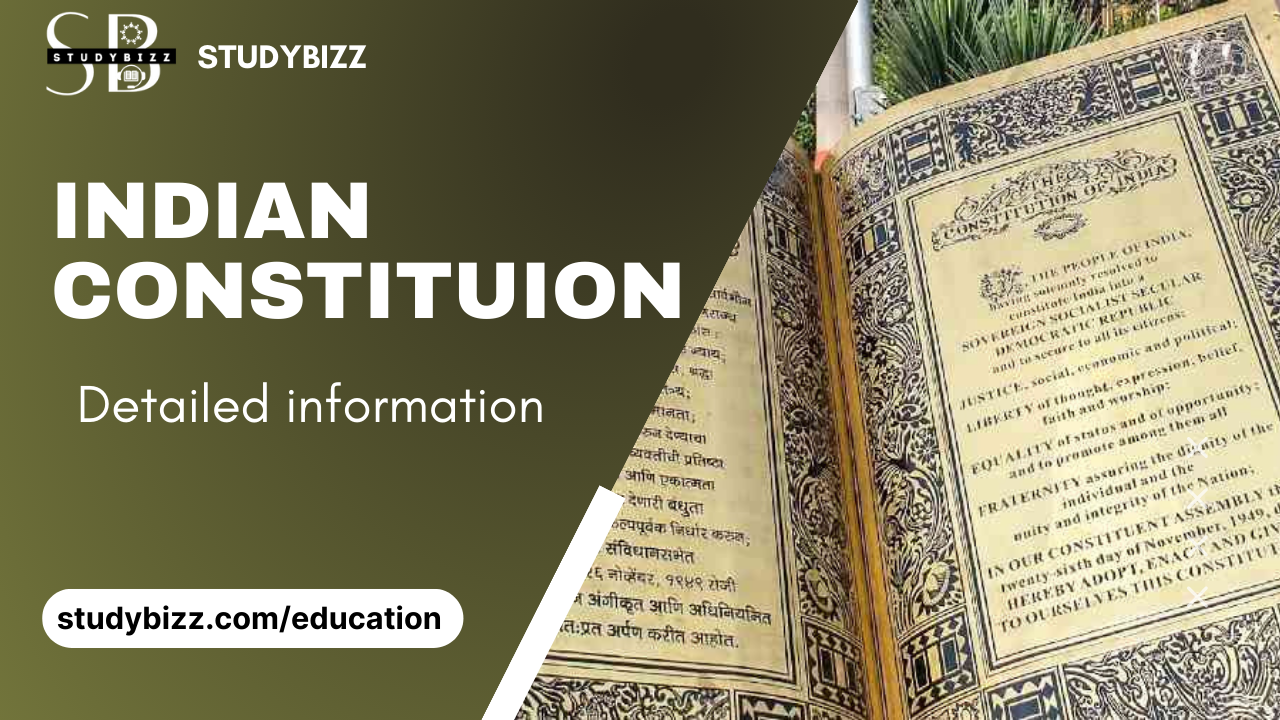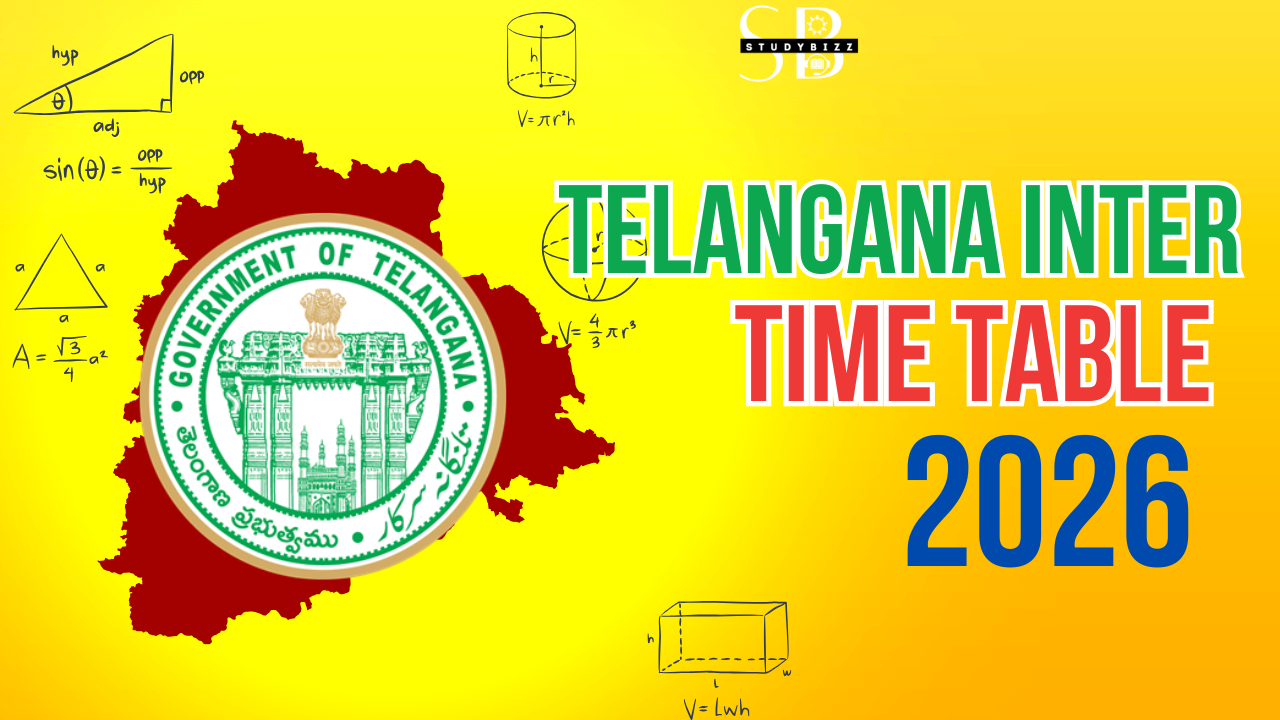The Constitution of India is the supreme law of India. It was adopted on 26th November 1949 and came into effect on 26th January 1950, marking the beginning of the Republic of India. The Constitution outlines the fundamental principles and provisions that govern the country and its citizens.
The Constitution of India consists of a preamble and 395 articles, divided into 22 parts. It also has 12 schedules that contain details on various subjects such as the distribution of powers between the central government and the states, the administration of tribal areas, and the process of amendment to the Constitution. The Constitution of India guarantees the fundamental rights of all citizens, including the right to equality, freedom of expression, and the right to life and personal liberty. It also establishes the structure and powers of the government, including the separation of powers between the legislative, executive, and judicial branches. In addition to the fundamental rights, the Constitution also provides for certain directive principles of state policy, which are guidelines for the government to follow in the formulation of its policies. These directive principles aim to promote the welfare of the citizens and the development of the country.
In summary, the Constitution of India is the supreme law of India and outlines the fundamental principles and provisions that govern the country and its citizens. It guarantees the fundamental rights of all citizens and establishes the structure and powers of the government. It also provides for certain directive principles of state policy and can be amended by an act of Parliament.
The Preamble to the Constitution :
The Preamble to the Constitution of India is a brief introductory statement that sets out the guiding purpose and principles of the document. It is a short, eloquent statement of the Constitution’s goals and values, and it expresses the intent of the framers to create a just and fair society.
The Preamble to the Constitution of India reads as follows:
We, the people of India, having solemnly resolved to constitute India into a sovereign socialist secular democratic republic and to secure to all its citizens: Justice, social, economic and political; Liberty of thought, expression, belief, faith and worship; Equality of status and of opportunity; And to promote among them all Fraternity assuring the dignity of the individual and the unity and integrity of the Nation; In our constituent assembly this twenty-sixth day of November, 1949, do hereby adopt, enact and give to ourselves this Constitution.
The Preamble to the Constitution sets out the guiding principles and values that the Constitution seeks to establish and protect. It declares India to be a sovereign, socialist, secular, democratic republic, and it commits the nation to the promotion of justice, liberty, equality, and fraternity. The Preamble also affirms the dignity of the individual and the unity and integrity of the nation.
Union and its Territory :
Articles 1 to 4 under Part-I of the Constitution deal with the Union and its territory.
Article 1 :
Article 1 of the Indian Constitution states that India, that is Bharat, shall be a Union of States. This means that the country is a federation, with the central government having certain powers and the states having certain powers. The states within the union are sovereign and have the right to govern themselves within the limits set by the Constitution. The article also states that the territories of the states shall be determined by law. This means that the boundaries of the states within the union can be altered by an act of Parliament. The union and its territory also include the territories of the Union Territories, which are directly administered by the central government.
The powers of the central government and the states are clearly defined in the Constitution, with the central government having the power to legislate on certain subjects, such as foreign affairs, defence , and currency, while the states have the power to legislate on subjects such as education, health, and agriculture.
In summary, the union and its territory of the Indian Constitution refers to the federation of states within India and the territories of those states, as well as the territories of the Union Territories, which are directly administered by the central government.
According to Article 1, the territory of India can be classified into three categories:
1. Territories of the states
2. Union territories
3. Territories that may be acquired by the Government of India at any time.
The names of states and union territories and their territorial extent are mentioned in the first schedule of the Constitution. At present, there are 28 states and 9 union territories.
Article 2 :
Article 2 of the Indian Constitution states that the territory of India shall include the states, the Union Territories, and any other territories that may be acquired by the government.
The states and Union Territories within the territory of India are listed in the First Schedule of the Constitution. The states are sovereign and have the right to govern themselves within the limits set by the Constitution. The Union Territories, on the other hand, are directly administered by the central government. Article 2 also gives the central government the power to admit new states into the Union or to establish new Union Territories. This power is exercised through an act of Parliament. The central government can also alter the boundaries of the states and Union Territories by an act of Parliament, with the consent of the concerned states.
In summary, Article 2 of the Indian Constitution defines the territory of India and lists the states and Union Territories within it. It also gives the central government the power to admit new states into the Union or to establish new Union Territories, and to alter the boundaries of the states and Union Territories.
Article 3 :
Article 3 of the Indian Constitution deals with the formation of new states and alteration of the boundaries of the existing states. It states that Parliament may by law form a new state by separating territory from any state or by uniting two or more states or parts of states or by uniting any territory to a part of any state. Parliament may also alter the boundaries of any state or the names of any states by an act of Parliament. However, any such alteration must be done with the consent of the concerned state, as well as the President of India.
Article 3 also states that any such law made by Parliament under this article shall contain provisions for the alteration of the representation of the state in Parliament and the distribution of the assets and liabilities of the state between the newly formed state and the existing state.
In summary, Article 3 of the Indian Constitution gives Parliament the power to form new states, alter the boundaries of existing states, and change the names of states by an act of Parliament. It also states that such alterations must be done with the consent of the concerned state and the President of India, and must contain provisions for the alteration of representation in Parliament and the distribution of assets and liabilities.
Article 4 :
Article 4 of the Indian Constitution deals with the provisions relating to the admission or establishment of new states and alteration of areas, boundaries, or names of existing states. It states that any law made by Parliament under Articles 2 and 3, which pertains to the admission or establishment of new states or the alteration of the boundaries of existing states, shall come into force on such date as the President may, by order, specify. The President may also, by order, make such adaptations and modifications of the Constitution as may be necessary or expedient to bring the provisions of the Constitution in conformity with the provisions of any such law.
Article 4 also states that no such law as is referred to in Articles 2 and 3 shall be deemed to be an amendment of the Constitution for the purposes of Article 368 (which deals with the procedure for amendment of the Constitution).
In summary, Article 4 of the Indian Constitution deals with the provisions related to the admission or establishment of new states and alteration of the boundaries of existing states. It states that any such law made by Parliament shall come into force on a date specified by the President and may require adaptations or modifications of the Constitution. It also states that such a law shall not be deemed to be an amendment of the Constitution.





Leave a Reply